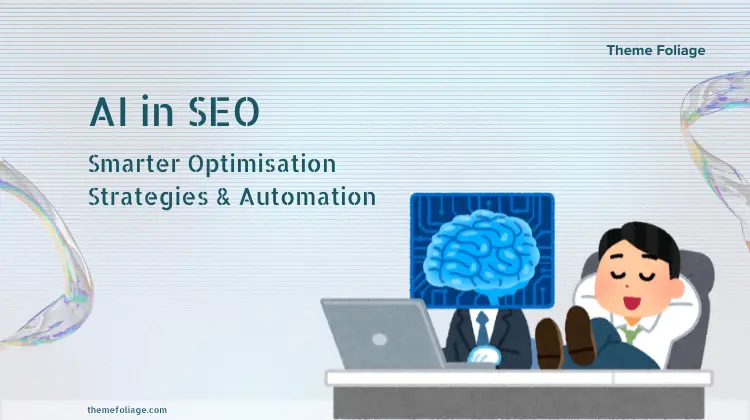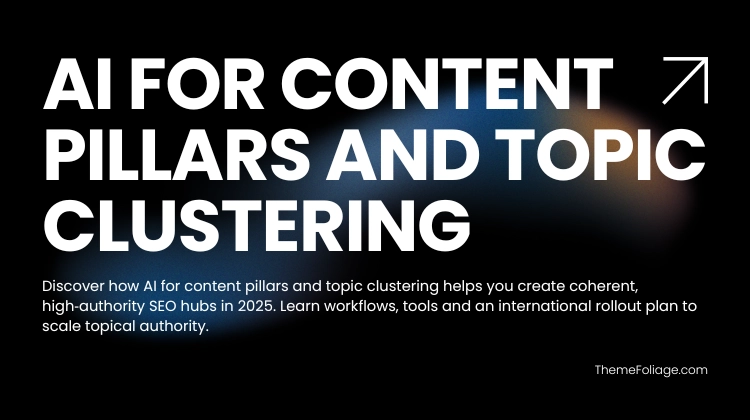Search engines have evolved beyond keywords and backlinks. In 2025, Google’s algorithms are obsessed with one thing, trust. The concept of E-E-A-T (Experience, Expertise, Authoritativeness, and Trustworthiness) has become the cornerstone of sustainable SEO success.
If you want your website to rank and convert, you need to demonstrate genuine credibility at every level.
What is E-E-A-T?
E-E-A-T stands for Experience, Expertise, Authoritativeness, and Trustworthiness. It’s part of Google’s Search Quality Rater Guidelines, which influence how algorithms evaluate the reliability and quality of content.
- Experience: Has the author directly experienced or used what they’re writing about?
- Expertise: Does the content demonstrate deep knowledge of the subject?
- Authoritativeness: Is the author or website recognised as a reliable source?
- Trustworthiness: Can users safely rely on this information or service?
As Google explains: “Trust is the most important member of the E-E-A-T family.”
Why E-E-A-T matters in SEO 2025
With the explosion of AI-generated content, Google is doubling down on authenticity. Websites that show clear evidence of expertise, experience, and transparency are rewarded with stronger visibility.
E-E-A-T isn’t a ranking factor by itself, but it influences hundreds of signals that together form Google’s understanding of trust.
1. Demonstrate first-hand experience
Search engines now distinguish between regurgitated information and content written by real practitioners. Adding proof of experience elevates your credibility.
- Use personal stories, screenshots, or results from your own projects.
- Add photos or data demonstrating genuine use of products or tools.
- Include dates and specific details to authenticate your expertise.
2. Highlight author credentials
Google wants transparency about who is behind each article. Add author bios that establish credentials, experience, and professional background.
- Create detailed author pages linking to LinkedIn, portfolios, or relevant publications.
- Showcase certifications or awards in the field.
- Ensure consistency between author details across all content.
3. Build strong brand authority
Your domain’s authority depends not just on backlinks, but on how widely your brand is recognised and trusted across the web.
- Earn mentions in reputable publications and industry blogs.
- Participate in expert round-ups, webinars, and case studies.
- Maintain an active and consistent social media presence.
4. Use trust signals throughout your website
Trust isn’t just about content, it’s about design, structure, and policies that make users feel safe.
- Include SSL certificates and visible HTTPS security.
- Add contact details, privacy policy, and terms of service pages.
- Display testimonials, case studies, and verified client reviews.
5. Publish accurate and well-sourced information
Google values evidence-based writing. Citing credible sources and fact-checking enhances both reader trust and SEO performance.
- Link to peer-reviewed studies, reputable media, or government sources.
- Include publication dates and author attributions.
- Update old articles to ensure factual accuracy.
6. Strengthen internal and external linking
Link structure contributes to perceived authority. Internal links guide readers to related expertise, while external links reinforce credibility.
- Link internally to authoritative topic clusters within your site.
- Reference respected external sources rather than low-quality blogs.
- Regularly audit your outbound links to prevent dead pages.
7. Encourage real user reviews and feedback
User-generated content is one of the strongest signals of trust. Reviews, testimonials, and social mentions can dramatically boost your brand’s E-E-A-T profile.
- Collect verified customer reviews on Google, Trustpilot, or Yelp.
- Embed testimonials with names, locations, or company details.
- Respond professionally to both positive and negative feedback.
8. Maintain consistency across platforms
Google cross-checks information across social media, directories, and external websites. Consistency builds reliability in your brand identity.
- Use the same company name, address, and contact details everywhere.
- Ensure your brand voice and messaging remain consistent.
- Update outdated profiles or information promptly.
9. Apply structured data for authors and organisations
Structured data markup clarifies who wrote and published your content. This helps Google verify authenticity and improve rich result eligibility.
- Use
Personschema for author details andOrganisationschema for the business. - Include publisher logos, social links, and credentials in the markup.
- Validate with Google’s Rich Results Test and Schema.org documentation.
10. Update content regularly
Freshness is a key element of trust. Outdated content can signal neglect or inaccuracy, leading to ranking decline.
- Audit pages quarterly for relevance and performance.
- Refresh stats, links, and visuals to reflect current data.
- Republish with updated timestamps when making significant changes.
11. Combine E-E-A-T with content design
Presentation influences trust perception. Clean design, readable fonts, and logical structure help users feel confident in your content.
- Use clear headings and subheadings to guide reading flow.
- Ensure high contrast and proper font sizes for accessibility.
- Avoid intrusive pop-ups or aggressive CTAs.
12. Showcase partnerships and certifications
Partnerships with recognised brands or institutions strengthen your authority profile.
- Display partner logos and verified badges where appropriate.
- Link to official partnership pages or accreditation listings.
- Highlight collaborations in your About or Press sections.
13. Use editorial standards and transparency
Transparency builds reader trust. Make your editorial process visible by disclosing authorship, review practices, and content creation policies.
- Include a clear “Reviewed by” or “Fact-checked by” line for each article.
- Publish your editorial policy or contributor guidelines.
- Provide a channel for reader corrections or feedback.
14. Monitor E-E-A-T performance metrics
Quantify your progress by measuring authority signals and engagement metrics.
- Track brand mentions, referral domains, and average engagement time.
- Use Google Search Console to monitor reputation-based queries.
- Leverage tools like Semrush’s Authority Score or Moz’s Domain Authority.
Conclusion
In 2025, E-E-A-T SEO isn’t optional, it’s the framework for earning Google’s trust. Every page, author, and link should contribute to an ecosystem of credibility.
By focusing on authentic expertise, transparent authorship, and strong brand signals, you’re not just optimising for algorithms, you’re building long-term authority that stands the test of time. You should also learn – Voice Search SEO.



